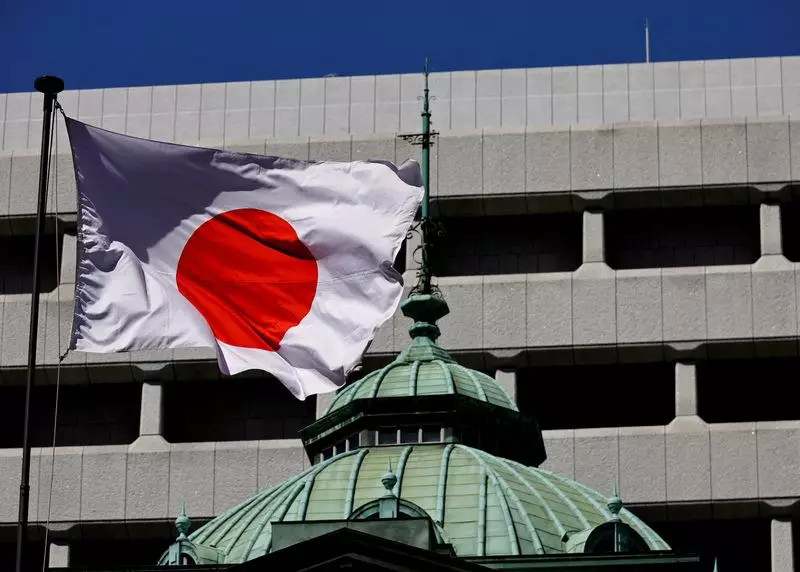The recent dovish shift by the U.S. Federal Reserve is expected to provide some respite for the Bank of Japan in its efforts to control a weak yen. However, the diverging policy paths of these two central banks could lead to market uncertainty, complicating the BOJ’s ability to raise interest rates in the future. The remarks made by Fed Chair Jerome Powell at the annual symposium in Jackson Hole signal an imminent policy easing, while BOJ Governor Kazuo Ueda stated that the BOJ will continue to monitor market stability and raise rates if inflation remains on track.
Following the statements by Ueda and Powell, the yen strengthened against the dollar as markets reacted to the potential narrowing of the U.S.-Japan interest rate gap. This response was driven by the lack of indication from Governor Ueda about a shift in the BOJ’s views, causing the Japanese currency to rebound. However, the path for rate hikes by the BOJ remains uncertain as it goes against the global trend of rate cuts, leaving the currency and stock prices susceptible to volatility.
Market Instability and BOJ’s Caution
The BOJ’s decision to hike rates in July led to market turmoil, prompting the central bank to proceed cautiously with further rate hikes. Governor Ueda emphasized the need for vigilance in monitoring market developments, as big swings may impact policy decisions. The recent market instability has also raised concerns about the BOJ’s ability to take bold steps in the current political climate, with the impending leadership change in Japan adding to the uncertainty.
While a majority of economists expect the BOJ to raise rates again this year, the timing and extent of these hikes remain uncertain. The impact of rising living costs on household sentiment and a potential slowdown in U.S. demand could weigh on Japan’s economic outlook. Analysts have differing views on the strength of Japan’s economy, with some cautioning against weak domestic demand despite a rebound in consumption in the second quarter.
The Bank of Japan faces a challenging path in navigating market volatility, political uncertainty, and economic risks in its decision-making regarding future rate hikes. The impact of the Federal Reserve’s policy changes, coupled with domestic and global economic conditions, will play a crucial role in shaping the BOJ’s monetary policy going forward.

